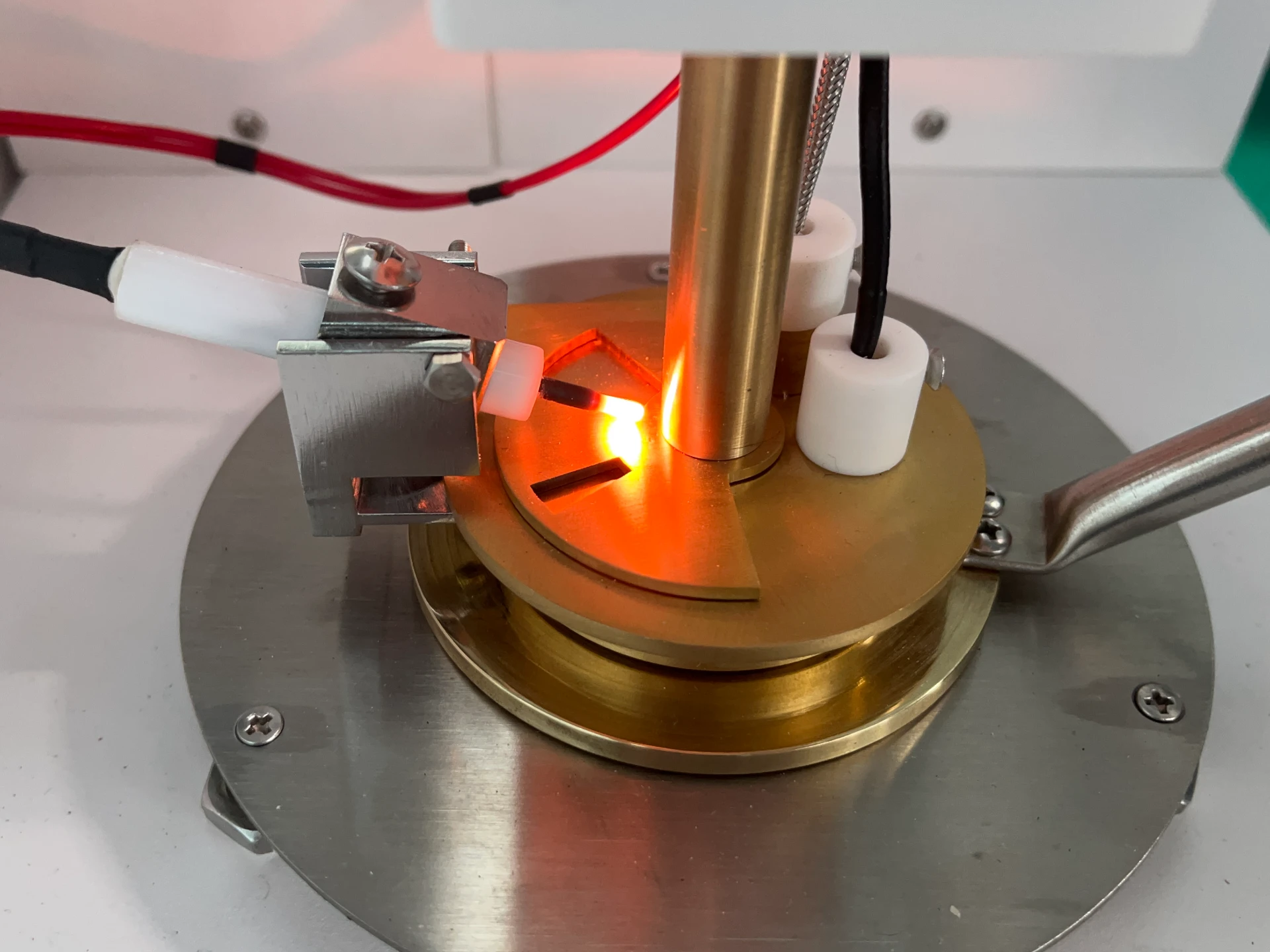 English
English


Comprehensive Guide to Transformer Testing Types
Transformer Testing Types Ensuring Efficiency and Reliability
Transformers are critical components in electrical systems, serving to change the voltage levels in power distribution. To ensure their reliability and efficiency, various testing types are employed. These tests are essential in identifying potential issues, maintaining performance, and extending the lifespan of transformer equipment.
One of the fundamental testing types is the Insulation Resistance Test. This test assesses the quality of the insulation materials within the transformer. High insulation resistance values indicate that the insulation is intact and functioning effectively, thus preventing electrical leaks. Conversely, low insulation resistance may indicate moisture ingress or degradation, which can lead to significant failures if not addressed promptly.
Another crucial testing method is the Power Factor Test. This test evaluates the dielectric losses in the transformer insulation system. By measuring the power factor, technicians can identify the efficiency of the insulation. A high power factor value typically signifies that the insulation is in good condition, while a declining power factor can be a precursor to insulation failure.
transformer testing types

The Transformer Turns Ratio (TTR) Test is also vital, as it determines the ratio of primary to secondary windings in a transformer. A deviation from the expected turns ratio can signify internal issues, such as winding short circuits or open circuits. This test is generally performed with specialized equipment and is critical in confirming the operational integrity of the transformer.
Sweep Frequency Response Analysis (SFRA) is an advanced test used to assess the mechanical integrity of the transformer’s windings. By applying a range of frequencies, this method can identify shifts or deformations in the winding positions caused by short-circuits or transport-related stress. This test is invaluable for ensuring the transformer can withstand operational and environmental challenges.
Finally, Thermal Imaging is increasingly used to monitor transformer health
. By identifying hotspots that indicate potential failures, this non-invasive technique allows for proactive maintenance, ultimately enhancing the reliability of transformer operations.In conclusion, transformer testing types are fundamental in ensuring the longevity and efficiency of these essential components in electrical systems. By implementing various testing techniques, engineers can detect issues early, minimize downtime, and maintain the safety and performance of transformers. This proactive approach not only enhances reliability but also contributes to the overall stability of power distribution networks.
-
Differences between open cup flash point tester and closed cup flash point testerNewsOct.31,2024
-
The Reliable Load Tap ChangerNewsOct.23,2024
-
The Essential Guide to Hipot TestersNewsOct.23,2024
-
The Digital Insulation TesterNewsOct.23,2024
-
The Best Earth Loop Impedance Tester for SaleNewsOct.23,2024
-
Tan Delta Tester--The Essential Tool for Electrical Insulation TestingNewsOct.23,2024





